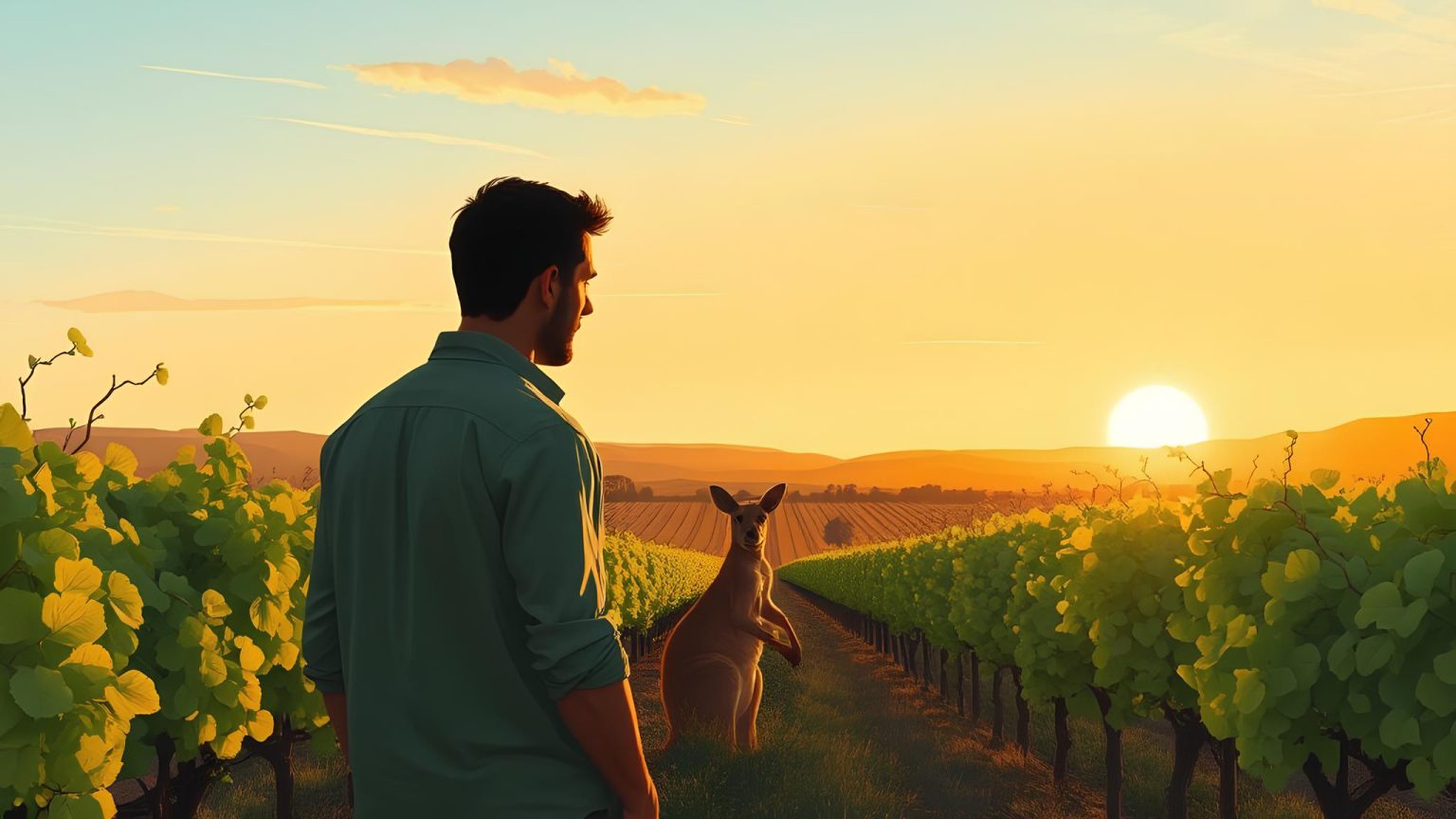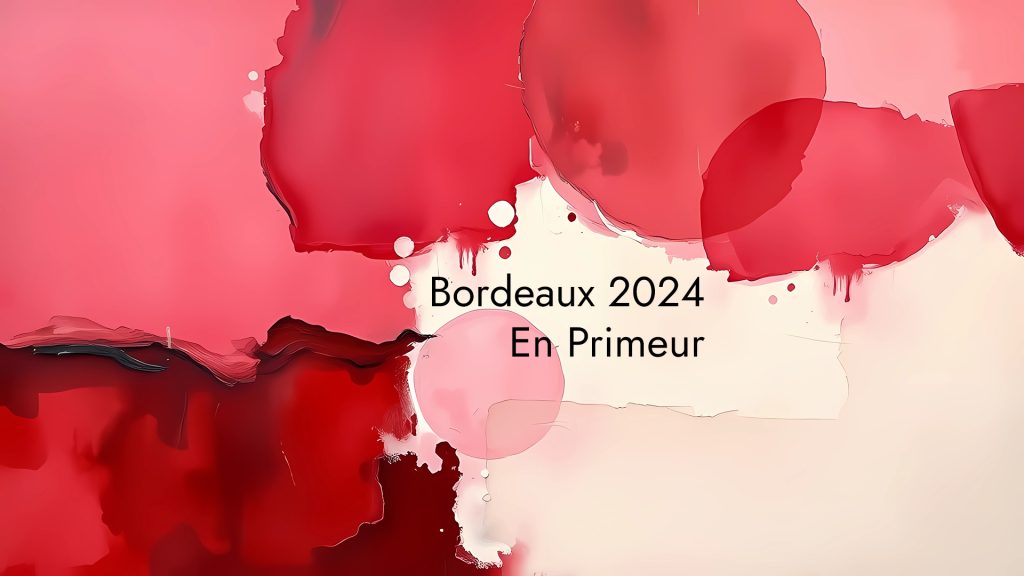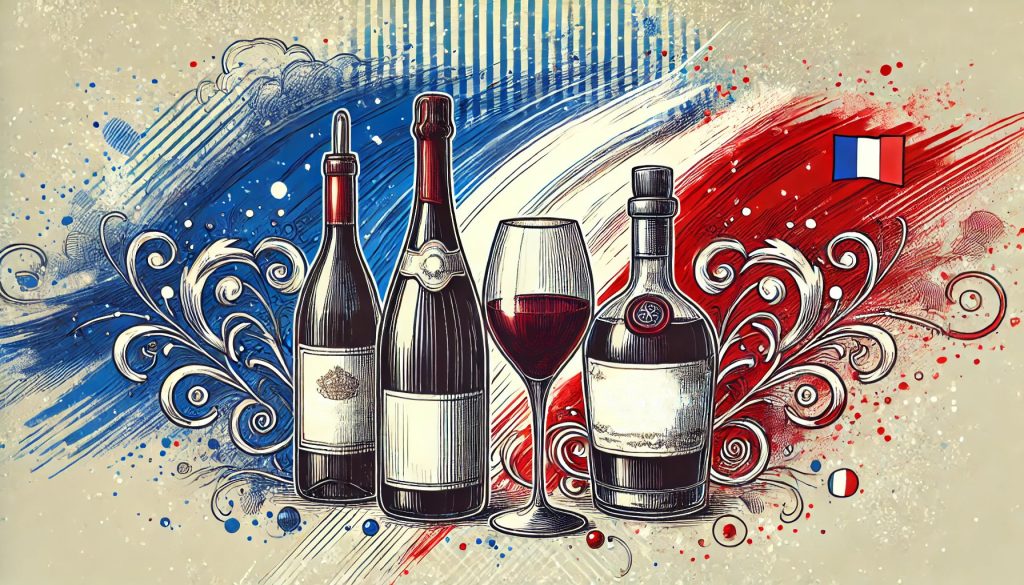In South Australia’s Riverland, some growers are cautiously optimistic. After battling frost and heatwaves, they adjusted irrigation to boost red grape yields following frost damage to Chardonnay. The Wine Australia National Vintage Report 2025 shows Australia’s winegrape crush climbed 11% to 1,565,135 tonnes from 2024’s 1,409,566 tonnes. Yet, this figure remains 8% below the 10-year average of 1.71 million tonnes, signaling cautious growth. With red grapes surging and whites hit by frost, the 2025 vintage reflects an industry adapting to climate volatility and economic pressures.
The Numbers at a Glance
The 2025 vintage highlights a stark divide between red and white grapes. Reds soared 20% to 835,958 tonnes, driving 89% of the year’s growth (138,960 tonnes). Shiraz led with a 23% increase to 361,461 tonnes, reclaiming its spot as the top variety after a 2024 dip. Cabernet Sauvignon (up 40%) and Pinot Noir (up 20%) drove red gains, though the total remains 9% below the 10-year average (914,233 tonnes). Sangiovese edged out Tempranillo by 49 tonnes to join the top 10 reds, suggesting a rising appetite for Italian varieties.
White grapes crept up 2% to 729,177 tonnes, 8% below their 10-year average (791,480 tonnes). Chardonnay, still the leading white at 286,282 tonnes, dropped 13% (42,247 tonnes) due to spring frosts, while Colombard fell 21% to 37,846 tonnes. Sauvignon Blanc (up 31% to 115,110 tonnes), Pinot Gris/Grigio (up 33% to 92,714 tonnes), and Prosecco (up 39% to 23,864 tonnes) showed strength, reflecting demand for crisp, fruit-driven whites.
South Australia crushed 747,688 tonnes (48% of the national total), up 8% but 13% below its 10-year average of 857,640 tonnes. New South Wales contributed 512,906 tonnes (33%), up 24%, while Victoria’s 242,981 tonnes dipped 1%. The big inland trio—Riverina, Murray Darling–Swan Hill, and Riverland—accounted for 70% of the crush, slightly below their 72% average. High performers included Adelaide Hills (up 73%), Langhorne Creek (up 36%), and Tasmania, which hit a record 18,764 tonnes, up 12%.
Economically, purchased grapes (1,019,037 tonnes across 25,623 batches) were valued at $620.5 million, with an average price of $604 per tonne, down 1% from 2024. The total crush value reached $1.13 billion, up 14%, with an overall average of $722 per tonne (up 2%) due to a higher share of reds and cool/temperate grapes. In cool regions, 41% of reds sold above $1,500 per tonne vs. 33% for whites. In warm inland regions, 41% of reds fell in the $200–$300 range (up from 12% in 2024), while 47% of whites hit $400 or more, highlighting margin pressures for red grape growers.
Subscribe to our newsletter
What’s Driving the Vintage?
The 2025 season was a test of resilience. Australia’s second-hottest year in 2024 brought uneven rainfall—wet in inland NSW, dry in key wine regions like south-eastern South Australia and Victoria. A mid-September cold snap, with temperatures 10 degrees below average, devastated early-ripening whites like Chardonnay. A December heatwave and Grampians bushfire hit Victorian vineyards hard. Yet, regions like Geographe and Margaret River reported strong conditions, boosting red yields.
Economic factors also shaped the vintage. Low demand and unsustainable prices led some growers to limit production or leave grapes unharvested, though exact figures are unavailable. “Growers are prioritizing quality to stay competitive,” notes a Wine Australia analyst, reflecting strategic cuts to focus on high-value varieties. The survey’s 746 respondents—up 5% from 2024—covered 92% of the crush, showing robust industry engagement.
Australia’s Global Edge
Australia remains a New World wine powerhouse, but it’s navigating a tricky landscape. The 11% crush increase signals growth, but climate challenges demand innovation—think drought-resistant vines or precision irrigation. Following China’s removal of punitive tariffs in 2024, demand for Australian wines has begun to rebound, boosting prospects for diverse varieties. The rise of Prosecco and Sangiovese reflects shifting consumer tastes toward crisp, fruit-driven whites and Italian reds, a trend Australia’s 67 red and 65 white varieties are well-positioned to meet. Compared to Chile’s Carmenère or New Zealand’s Sauvignon Blanc, Australia’s diverse portfolio holds strong appeal, especially in Asia’s growing markets.
Yet, low inland grape prices, with 64% of reds sold below $300 per tonne, pose hurdles, potentially pushing some growers toward higher-value crops or boutique production.
The Path Forward
The 2025 vintage marks a turning point, with reds leading and regions like Tasmania shining. To build on this, the industry can invest in drought-resistant vines and precision irrigation to mitigate climate risks, use social media campaigns to target younger Asian consumers, and expand exports to Southeast Asia, especially post-tariff China. Australia’s diverse vines and gritty resolve position it to carve out a strong future in the global wine scene.


